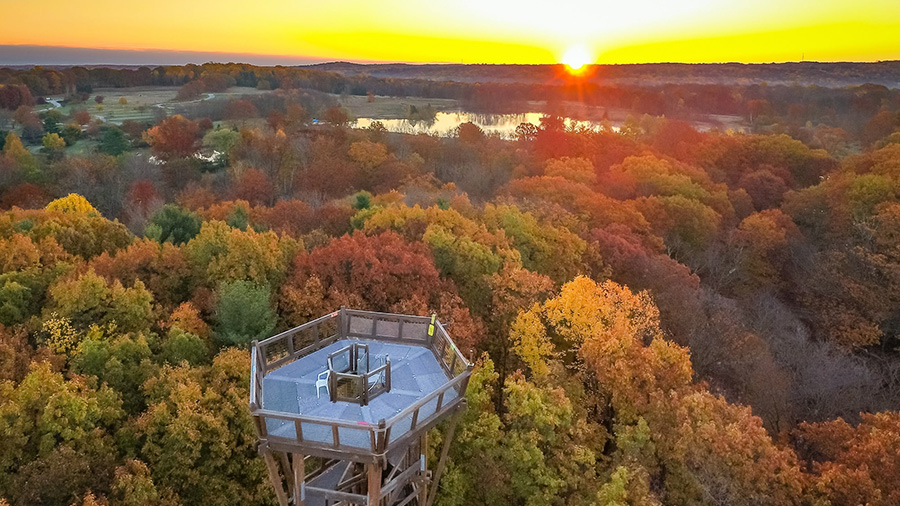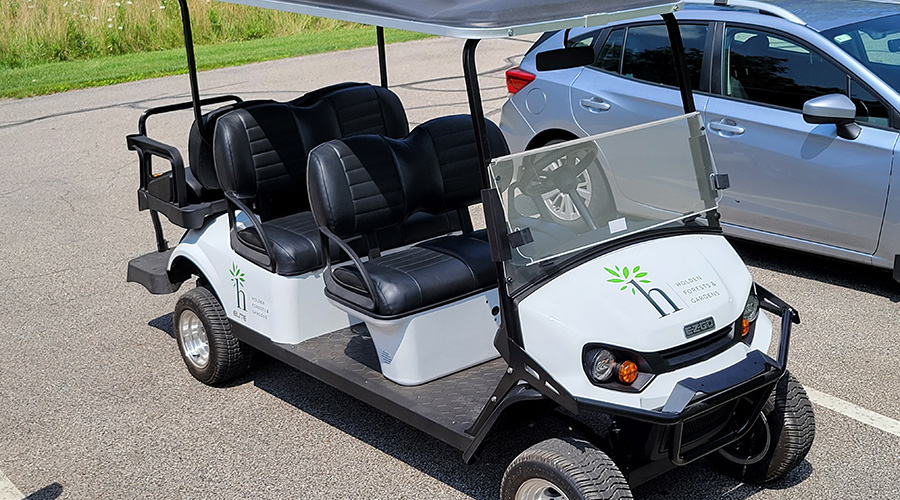Sustainability Deeply Impacts Arizona State Campus
Sustainability has had a deep impact on grounds care operations at Arizona State University. But Newell stresses that the move to utility vehicles that run on bio-diesel fuel has been accompanied by a continued focus on equipment that enables crews to complete their work efficiently and safely. That challenge becomes more daunting when considering the campus's climate.
"We're in the Sonoran Desert, but our weather is also subtropical," Newell says. "So we have desert landscapes, and when we add water, we can have subtropical." Crews and equipment need to be able to operate in such conditions, and they must do so year-round.
"Our mowing is year-round because we over-seed," she says. "With 60,000-plus students, in addition to staff and visitors, the turf we do have is used extensively, so we do have to give it a lot of care. Since it's a year-round climate, we have pruning year-round, and we have weeding year-round. We also do three floral displays a year. Also, because we get so little rain and a lot of dust, we do a lot of power washing. (Reliability) really is important because when you're hauling four people and a trailer, you can't have them in the shop all the time. They have to be reliable."
In that regard, the new utility vehicles have met the challenge.
"These utility vehicles, both the electric and the B99 (vehicles) have held up very well in our harsh climate, and we do run them year-round," she says.
Newell gives credit to the manufacturers, who have updated and upgraded utility vehicles in recent years to meet the high performance and safety expectations of managers in institutional and commercial facilities.
"There is more focus now on making them heavy-duty and a real utility vehicle," Newell says "Years ago, they literally were golf carts, and they have evolved from there. There also is a lot more variety. When we first bought them, they literally looked like an ATV that someone would take out hunting or camping. Now it's designed as a utility vehicle. They're working vehicles now, not just recreational vehicles."
The evolution of utility vehicles has enabled Newell to streamline and focus grounds care activities in ways that benefit both the campus as a whole and the department.
"What's nice is (utility vehicles) are slightly larger than the electric car, and they can pull a trailer. So we can have all the tools on it, and there's less going back to the shop or driving around looking for something. They've worked out very, very well."
Related Topics:













